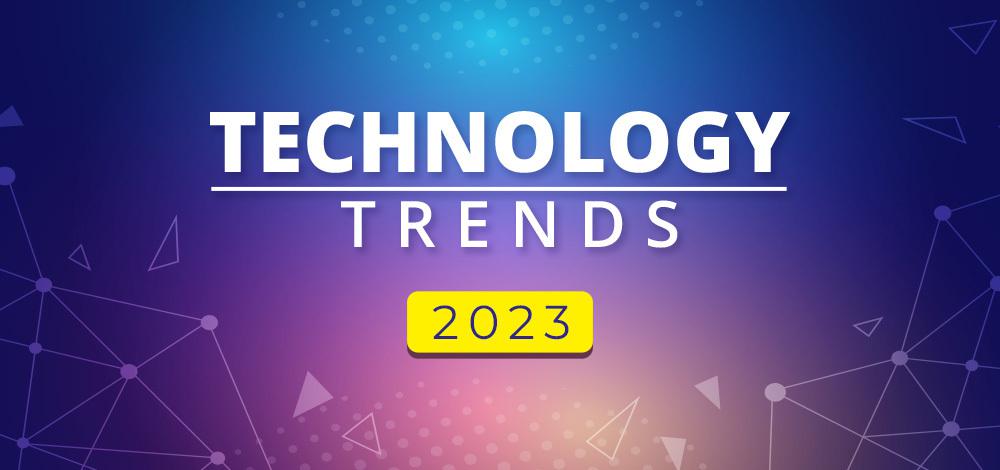Top Tech Trends in 2023
By its very nature, technology is fast-moving and develops rapidly. This can make keeping up with it is tricky for those who don’t have their finger on the pulse. Below are, for our money, the top tech trends to keep your eye on, both in 2023 and beyond.
Top Tech Trends in 2023

Localization
Each day, around 328 million terabytes of new data is created online. This enormous torrent of information has given rise to flexible algorithms and recommendation engines whose purpose is to make sense of this phenomenal quantity of data and to make it intelligible and useful for human consumption.
A big part of this process, and a major trend we’re seeing in 2023, is greater strides being taken toward localization. In effect, localization refers to a process of adapting a service or a product in order to better cater to a specific cultural, demographic, or even geographical context. The most popular type of localization that people are familiar with is through offering websites, apps, and services in languages other than English, though localization can be used in much more targeted ways than this use-case alone implies.
For example, following the repeal of the federal legislation PASPA in the United States, iGaming services have been making inroads into state-level entertainment markets. This is an excellent situation for localization because not all states have adopted a unified stance on casino gaming and sports betting in their regulatory approach.
For this reason, rather than seeking out national-level gaming services, it makes more sense for gamers to explore localized services. It is for this reason that it’s now comparably easy for citizens of The Great Lake State to access localized resources for online poker in Michigan, which results in them being able to rest assured the platforms they’re accessing are supported and in compliance with their specific iGaming regulations.
Large Language Models
Unquestionably, 2023 will go down in history as the moment artificial intelligence reached a sufficient level of sophistication to become a major disruptive force across a plethora of industries. From image generation to deep fakes, it seems like AI is seldom out of the news nowadays.
But without a doubt, one segment of AI has stolen the show beyond all others – we are of course referring to Large Language Models, or LLMS, like ChatGPT and Google Bard. These are models that are trained on language data gathered from the internet and are developing at such a rapid pace that the companies behind them are having a hard time keeping up with the rate of advancement.
The applications of LLMs are extremely broad as they are effectively a means of placing contextual parameters on large data sets, thus making them readily accessible to users. Following the rollout of Microsoft’s new Bing search, which itself is trained on OpenAI’s GPT-4, we’re already beginning to see the huge potential of these models that are already making the likes of Siri and Amazon’s Alexa looks decidedly antiquated.
As more developers, companies, brands, and services adopt LLMs, their utility will only be enhanced – particularly as these models will then be able to exchange information, further automating large parts of our existing economy.

















